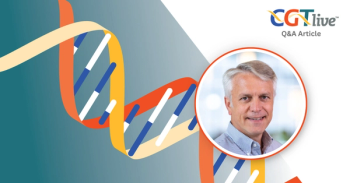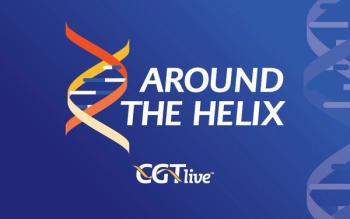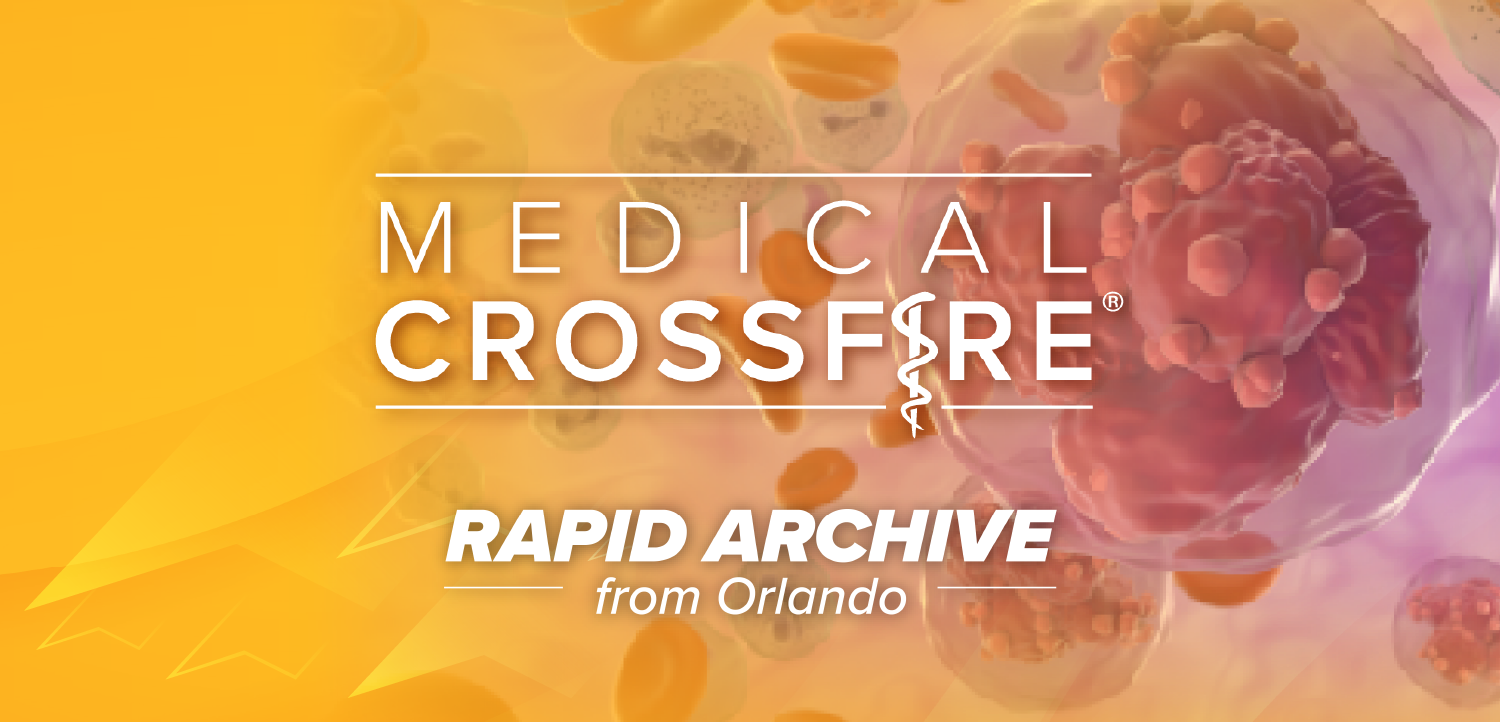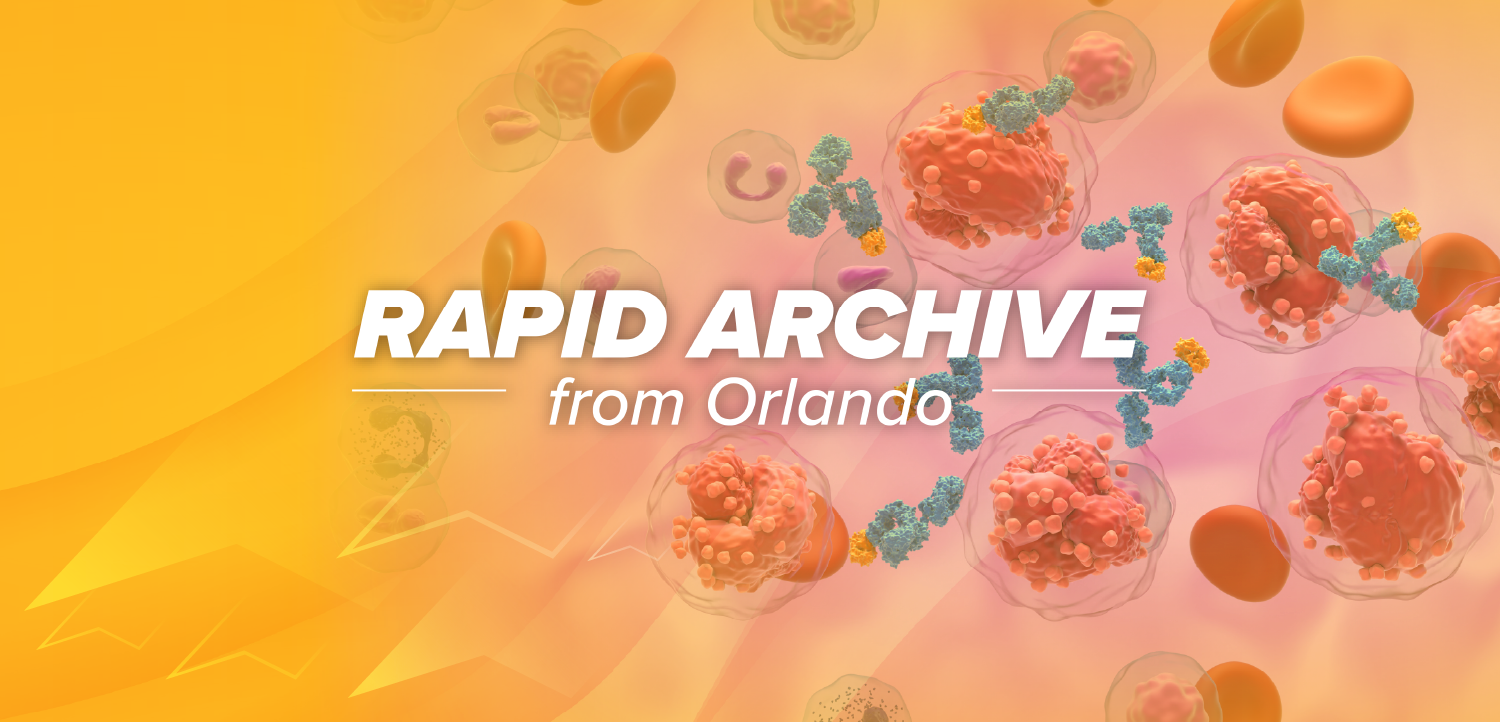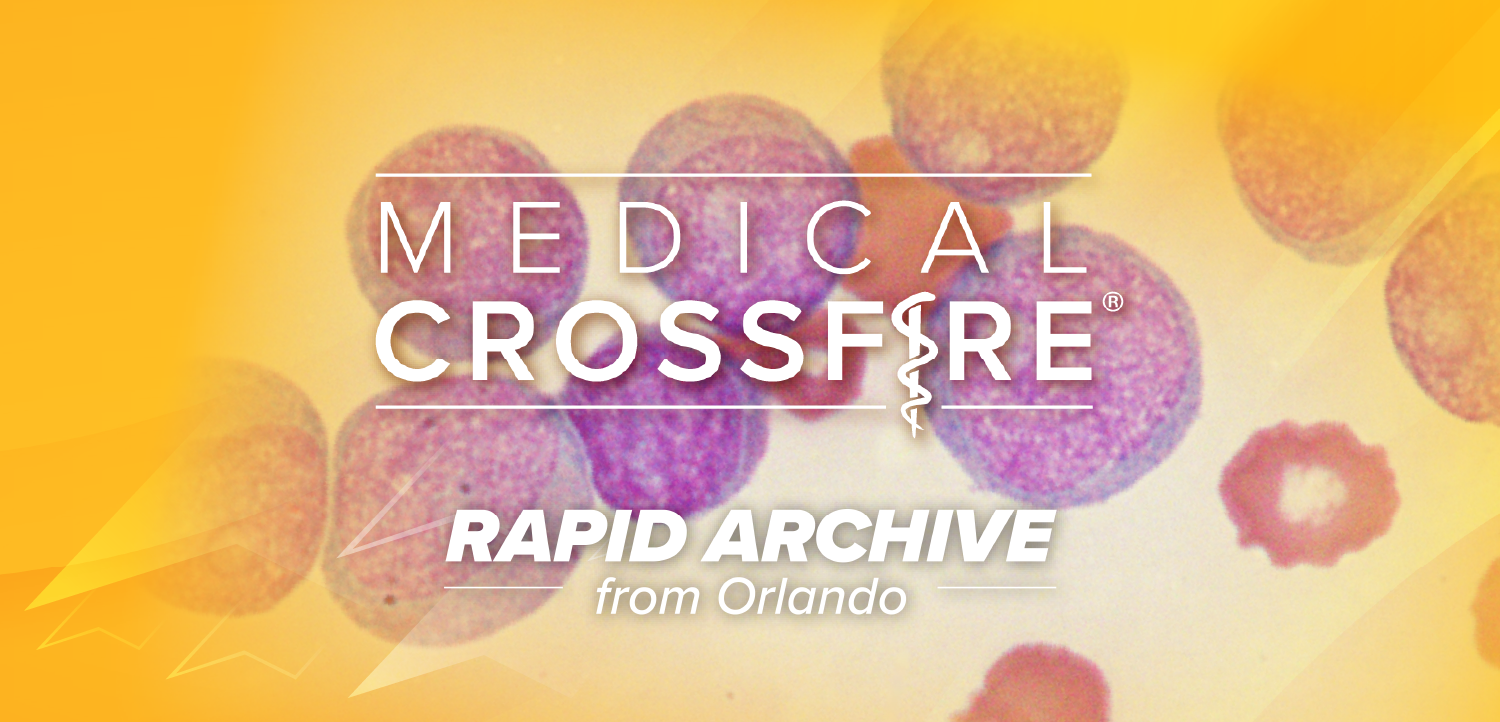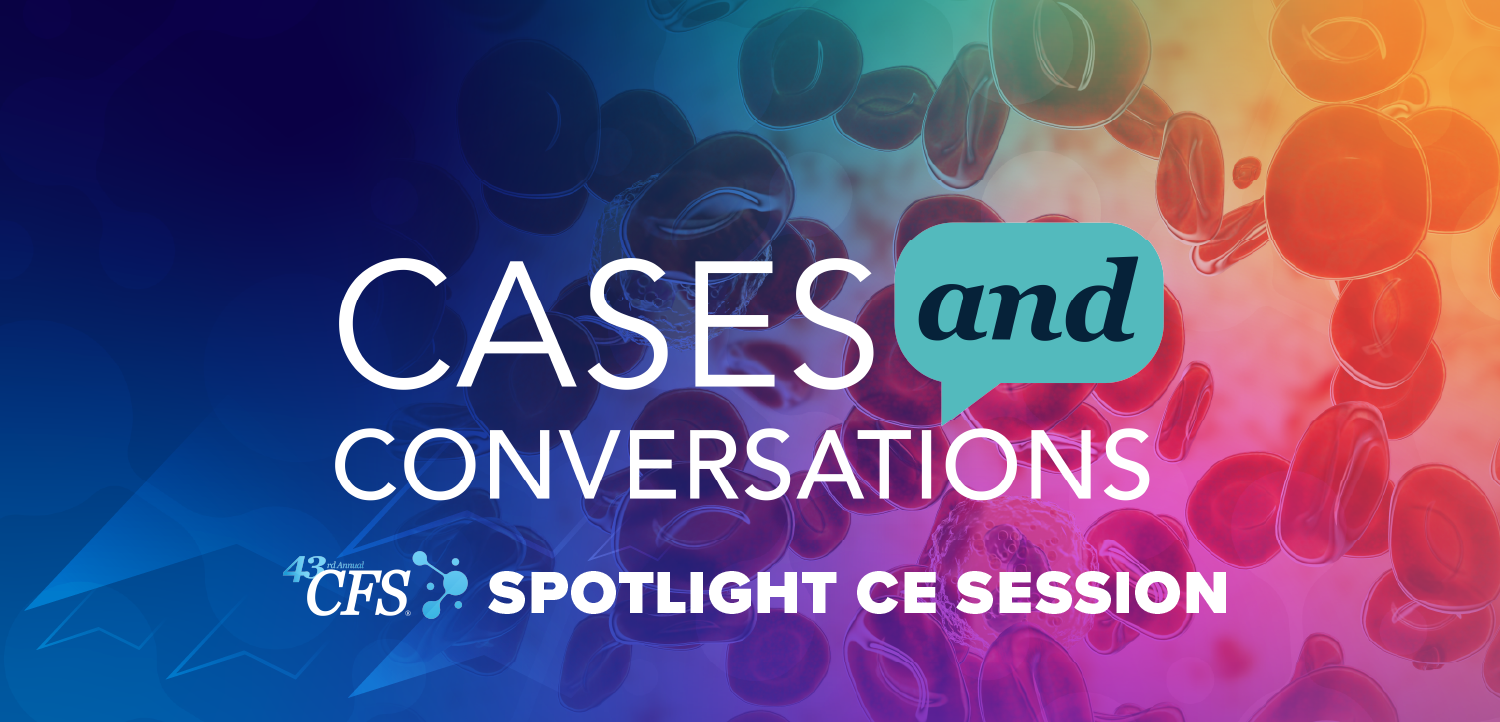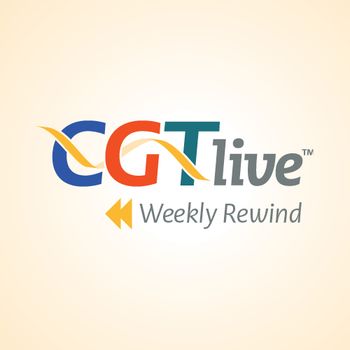
Spinal Muscular Atrophy Month 2025: Looking Back at News and Expert Insights
In observance of Spinal Muscular Atrophy Awareness Month, held annually in August, we took a look back at the past year's news in gene and cell therapy for SMA.
According to Cure SMA, spinal muscular atrophy (SMA), which is caused by mutations in the survival motor neuron gene 1 (SMN1), occurs in approximately 1 in 15,000 births in the United States.1 The condition leads to muscle weakness that can range from debilitating to fatal. It can affect patients of any race or gender.
An important area of interest for new therapeutic development in SMA is gene therapy and other advanced therapeutics. Notably, the gene therapy product onasemnogene abeparvovec (Zolgensma) has been approved by the FDA for several years, and other advanced therapeutics are currently in development. In honor of Spinal Muscular Atrophy Awareness Month, observed annually in August by the patient and clinician communities, CGTLive® is taking a look back at our news and interviews on the topic of SMA from the past year. Click the "READ MORE" buttons for more details and information about each item.
Diana Bharucha-Goebel, MD, and Bakri Elsheikh, MBBS, FRCP, on How New Therapies Are Changing SMA Care Guidelines
May 8, 2025 — Cure SMA released a new best practices guideline earlier this year regarding decision-making for healthcare providers (HCP), patients, and caregivers in North American and Western Europe. CGTLive®'s sister site, NeurologyLive® brought together study authors Diana Bharucha-Goebel, MD, a clinical neurophysiologist at Children’s National, and Bakri Elsheikh, MBBS, FRCP, a professor of neurology at The Ohio State University Wexner Medical Center, to help translate these recent updates.
Bharucha-Goebel and Elsheikh spoke about the transformative changes in the treatment landscape for SMA over the past decade, including the advent of 3 FDA-approved disease-modifying therapies and the nationwide rollout of newborn screening in the US. They explain why an updated consensus on best practices was needed, highlighting how the group combined systematic literature review, international clinician input, and patient and caregiver perspectives to address the evolving care needs of SMA patients, from presymptomatic infants to older individuals.
Novartis’ OAV101 IT Improves or Stabilizes Motor Function in Patients With Spinal Muscular Atrophy
March 19, 2025 — Novartis’ OAV101 IT, an investigational intrathecally-delivered version of the marketed gene therapy onasemnogene abeparvovec (Zolgensma), has demonstrated the ability to improve patient scores on the Hammersmith Functional Motor Scale Expanded (HFMSE). The data, which come from the phase 3 STEER clinical trial (NCT05089656), were presented at the
The STEER study includes treatment-naive children aged 2 to less than 18 years who could sit but had not ever walked independently, and evaluated OAV101 IT against a placebo procedure. It was found that patients who received the gene therapy (n = 75) achieved a 2.39-point improvement on the HFMSE, whereas those who received the placebo (n = 51) showed only a 0.51 point improvement on the HFMSE (P=0.0074); as such, STEER met its primary end point. Novartis pointed out that results for the secondary end points did not reach statistical significance because of the preplanned multiple testing procedure, but that these findings “consistently favor” OAV101 IT. Patients in the treatment group were aged 2.1 to 16.6 years (mean, 5.89) and patients in the placebo group were aged 2.4 to 14.2 years (mean, 5.87)
With regard to safety, adverse events (AEs), serious AEs (SAEs), and AEs of special interest were reported to have a similar incidence between the treatment group and the placebo group. Upper respiratory tract infection and pyrexia constituted the most common AEs in both groups. Pneumonia and vomiting constituted the most common SAEs in patients who received the gene therapy, whereas pneumonia and lower respiratory tract infection constituted the most common SAEs in patients who received the placebo. Novartis stated that increased transaminase cases did not occur frequently, and those cases that did occur were for the most part transient and low grade. Hy’s law cases did not occur in any patients.
Newfound Hope for Spinal Muscular Atrophy
March 3, 2025 — CGTLive®'s sister site NeurologyLive® reached out to
Improving Newborn Screening for Spinal Muscular Atrophy
October 25, 2024 — CGTLive®'s sister site NeurologyLive® reached out to Crystal Proud, MD, the director of neurology and neuromuscular medicine at the Children’s Hospital of the King’s Daughters in Norfolk, Virginia, for her perspective on important aspects of awareness with regard to SMA.
Proud drew attention to the accomplishments made with expanding newborn screening practices for SMA to all 50 states, but noted that some challenges still remain. She pointed out that numerous barriers to rapid treatment of patients following newborn screening exist and emphasized the need to do more work to overcome these barriers.
Biogen’s Nusinersen Shows Efficacy in SMA Compared With Sham Treatment at Experimental Higher Dose
September 5, 2024 — Biogen’s nusinersen (Spinraza), a marketed antisense oligonucleotide (ASO) therapy for the treatment of spinal muscular atrophy (SMA), has demonstrated efficacy compared with a sham treatment when evaluated at a higher dose than that approved for use by the FDA.
The data come from the pivotal part B cohort of the phase 2/3 DEVOTE clinical trial (NCT04089566), in which 75 patients with infantile-onset SMA who had not previously received treatment for their disease were randomly assigned in a 2:1 ratio to receive either the experimental higher dose or the FDA-approved dose of nusinersen. The experimental higher dose consists of a loading regimen of two 50-mg doses administered 14 days apart and maintenance doses of 28 mg given every 4 months. On the other hand, the FDA-approved dosing regimen consists of 4 loading doses at 12 mg and maintenance doses at 12 mg every 4 months.
DEVOTE’s primary end point compared the change from baseline on the Children's Hospital of Philadelphia-Infant Test of Neuromuscular Disorders (CHOP-INTEND) at 6 months posttreatment for patients treated at the higher dose in part B of DEVOTE to a matched, untreated sham control group from the phase 3 ENDEAR clinical trial (NCT02193074). Biogen reported that DEVOTE met this end point, with a statistically significant improvement on CHOP-INTEND observed in the patients treated at the experimental compared with those given the sham treatment (least squares mean difference: 26.19; P <.0001). Biogen also noted that, across secondary end points, the outcomes favored the experimental dose regimen versus the sham treatment. The company additionally stated that the outcomes for key biomarker and efficacy measures trended in favor of the higher dose regimen versus the FDA-approved regimen.
REFERENCE
1. About SMA. Cure SMA. Website. Accessed August 4, 2025. https://www.curesma.org/about/
Newsletter
Stay at the forefront of cutting-edge science with CGT—your direct line to expert insights, breakthrough data, and real-time coverage of the latest advancements in cell and gene therapy.


